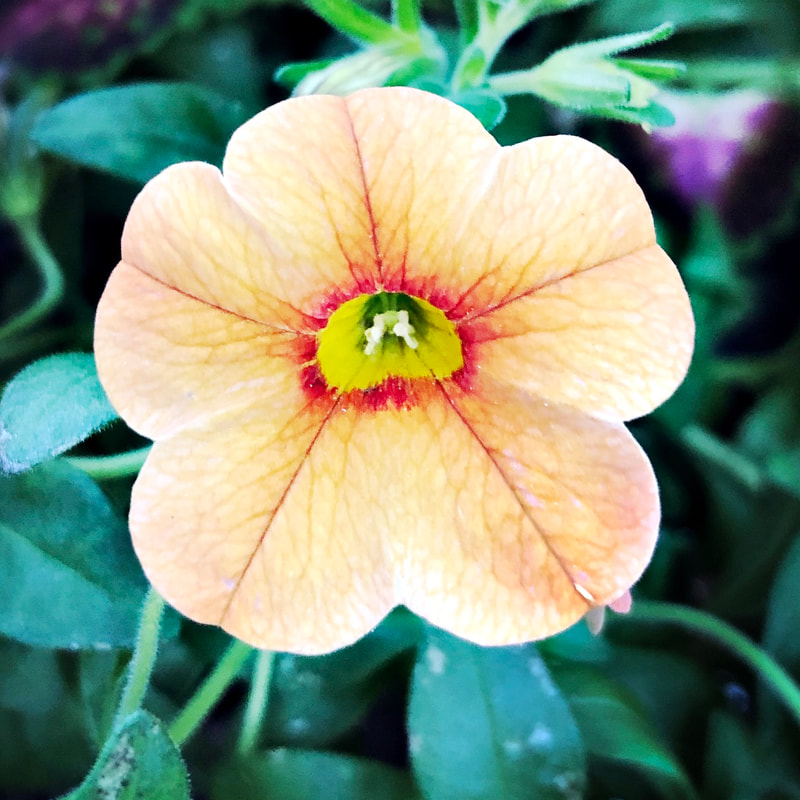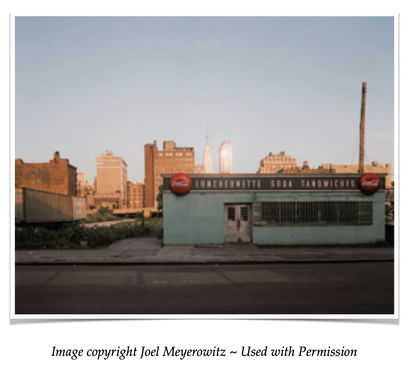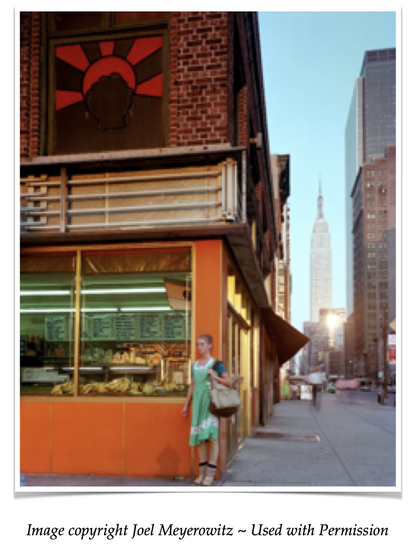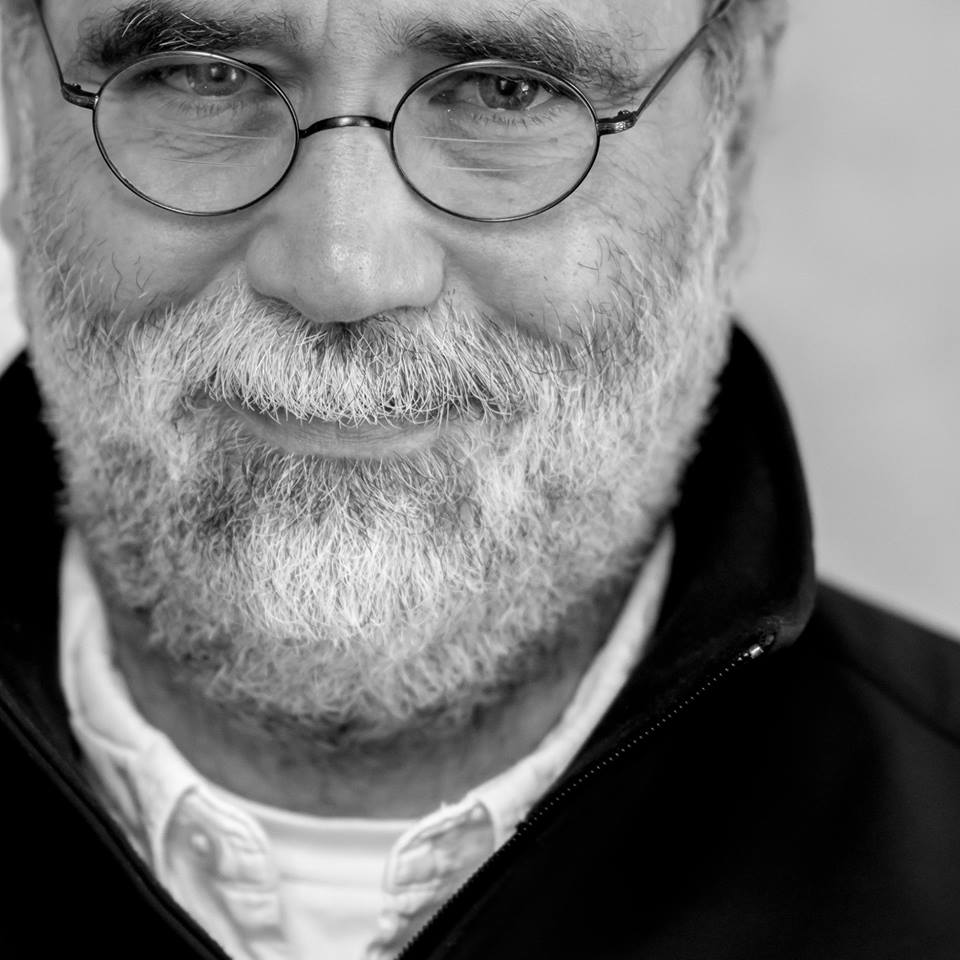ASSAY: A JOURNAL OF NONFICTION STUDIES
9.2
9.2
|
What seems like 100 years ago, but was likely only 30, Nebraska poet Bill Kloefkorn visited Concordia College in Moorhead, Minnesota, a liberal arts college of about 2000 students where the western border of Minnesota meets Fargo, North Dakota, where I teach. Bill was lively, insightful, and entertaining. He did the usual visiting writer routine with a public reading and several class visits, and his time on campus was a large success.
However, several weeks (and now several decades) after his visit, an unexpected small moment hung in the air. What people kept talking about was a conversation in a workshop with creative writing students. Bill spoke about how a piece of writing may first appear to be a poem but is actually an essay in disguise. Sometimes, he said, essays want to become short stories and short stories want to become poetry. He argued that a piece of writing oftentimes wants to blend genres in the early stages, and revision is where we make some definition choices. He talked about the creative process and how we need to allow for a piece of writing to discover itself. It was good advice, but that’s not what lingered. Bill also talked about how the vocabulary of one genre can inform a conversation and an understanding of the others. There was nothing particularly new about this idea, but I was struck by how deeply useful it was for the students to be given the freedom to use the terms of poetry when talking about nonfiction. Suddenly, in the upper-level classes, they were using terms like slant rhyme and enjambment to talk about thematic development and organization. Suddenly, in first year composition, meter and cadence became a way to talk about style. A new door had opened into an old room and the fresh breeze was invigorating. Again, this is not new. We make comparisons all the time. However, most of them are asides and rarely sustained. For example, at Concordia, because of a famous music program, there are many music majors, and a great many more who come here to participate in music while also studying biology or English or exercise science. Over the years, I have found it successful to use the language of music when navigating problems encountered while drafting an essay. I will ask students if their new example is a repeat, a key change or a different melody altogether? I will ask students about improvisation, a variable space opened up for exploration while the rhythm section keeps playing a foundation, and we will talk about how the dynamics markings on a music manuscript can be achieved in writing. The vocabulary of music provides a common ground to articulate something still mysterious in writing. When I mention an implied note, they get the idea. However, when I have these conversations, I am aware a number of students in the class have no idea what I'm talking about. The students who have no musical background don't get the analogy. Similes and metaphors are always acts of clarity. To say March comes in like a lion makes the tumult defined and understandable. Tell all the truth, Emily Dickinson said, but tell it slant. Not to confuse, but to be sharp and fresh. So, I have been wondering about a way to increase my vocabulary as a teacher to reach students in ways I’ve not reached them before. And, as is so often true, an answer was clear and obvious, and thus overlooked. We live in a visual culture. If there is a common experience amongst all our students, it is the photograph. They take pictures of their food. They take selfies in front of mirrors to show off their clothes, at concerts and at football games to document and share their joy, in cars just to make a face and make an emotional connection with friends. Students are experienced photographers, which is not the same thing as being good photographers, and most have little understanding of what the craft of they are doing. They understand the act, but not the techniques or possibilities. Still, there is a growing cultural aesthetic about what makes a good iPhone photograph that comes out of shared values more than aesthetic education or insight. Very much like early writing. What’s important about this is that the photograph, for the most part, is neither frightening nor mysterious to students. They have all taken photographs other people have admired, for whatever reason. The creation has been spontaneous, serendipitous, and successful. No drafting. No late-night angst over meaning and depth. No fear of the trivial. So I've begun to experiment with a way to approach the teaching of writing which begins in photography. In particular, it begins with street photography. Take a look at this image by Joel Meyerowitz, I tell them. Tell me what you see. The students are actually quite good at describing the elements. They begin with the luncheonette, the street, the aqua color of the building set against the brown of the buildings in the background, the Coca-Cola signs and the chrome door, the bars on the windows, the shadow in the foreground against the sunlight in the distance. They talk about the clear sky, the glint of sun off the skyscrapers. And they talk about the abandoned, sad mood of the image.
We talk about the framing, and how it both includes and excludes content. Pretty soon, although sometimes it takes a while, one of them notices the Empire State Building in the distance. This provokes a discussion of culture and wealth and reputation. It provokes a conversation about who lives in the shadow of what. There are sunlight shadows, economic shadows, cultural shadows, and more. Looking at an image on the screen in the classroom, students can easily and comfortably do an explication of this image and relate the parts to a central idea, or several possible central ideas. About halfway through the discussion, one of the students will inevitably make the comparison back to writing. Ah, they say. The Empire State Building is the general theme and the diner is the specific example. Yes. Ah, they say, the weather and shadow and color are all the contextual details you keep talking about. Yes. After we've worked through this image, I show them another image from Joel Meyerowitz’s Empire State series. Tell me what you see, I say. They begin almost automatically with a comparison between the two images. This one is a lot closer to the Empire State Building, they say. And I’ll say, stop. We’re not talking about the other image. We’re talking about just this one. You can’t build thematic bridges without solid ground on both sides. (Another metaphor to explain writing!) So, we work through the elements again. Look at how the green dress is set against the orange wall. Look at the echo of green in the café window. Look at the red above, a distant cousin to orange. We talk about leading lines and leading colors. We talk about texture and tone. Look at the exposed lights behind what is supposed to be a sign, and look at the empty street. Look at how the Empire State Building is framed, and at the glinting sunlight.
When we are done discussing the elements of this image, we move to a comparison and analysis between them. What elements do they share, both in terms of physical elements in the frame and ideas they provoke? I can see what the images hold, but what are they about? Once we have a good many comparisons, I ask them to look up the artist and his series. In the course of an hour working through these two images, we engage in an exegesis. We address not only addresses the quality of Meyerowitz’s work, (which is of course, outstanding) but also the physical as well as cultural idea of New York City, the iconography of the Empire State Building as a motif you can’t get away from if you're talking about New York. It becomes very easy to discuss elements of composition and how the aggregate creates an idea. Perhaps you can already see where this is going. We return to the student’s writing and something nearly magical happens. I can begin to talk about their developing work by saying things like “What’s your Empire State Building? Who’s your woman standing in front of the diner? What’s in the foreground? What colors have you set against each other? Why is there a glint in the background?” This is all metaphor, of course. The student may be writing about a road trip and trying to include every detail, so we talk about how a photographic frame centers an idea and excludes all sorts of other information. They may be writing about an emotional challenge, and we can refer to the empty streets. They may be struggling with making connections between disparate sources or examples, and we can talk about how much better and insightful comparisons are when you’ve done the first work of establishing and articulating the details. They get it that way. Street photography is both serendipitous and fine art. It waits for what Henri Cartier-Bresson called the Decisive Moment, which has become nearly a cliche in photography. It has nothing to do with making a decision and everything to do with that moment when all the elements—light and shadow and people and landscape—come into alignment, come together to create something a bit more profound. Street photography looks at the evident world and seeks meaning expressed through a variety of specific details. This is exactly what an essay does, too. Sometimes I will show the students my own photography and talk about how an image came to be. Sometimes I will send them out for half an hour with their cell phones on an assignment that simply says bring me back an interesting image. In my experience, every student can find at least one interesting image. This gives them the foundation details and the exercise of unpacking it is not really an exercise in creating good photographs. It is an exercise about asking the question, why did this interest you? Why did you center this subject? Why do you have that background? If we assume all these things are intentional, we can then turn to writing essays. What is your idea? What is the light around that idea? What is in the foreground and what is in the background? If they are writing in a nonlinear fashion, which means simply not beginning at the beginning and plugging your way through to the end, they can build elements separately. They can focus on both technique and content. Every student in my class takes pictures. They are unaccustomed to thinking of their pictures as having a point or establishing a narrative. However, once those ideas are introduced, the floodgates open. Very much like the way Bill Kloefkorn’s talk allowed students to use the terms of fiction to describe an essay, or an environment filled with music terms allows me to explain ideas in terms of cadence, and sharps and flats, the vocabulary of photography is so common in our students experiences it seems to them true. |



